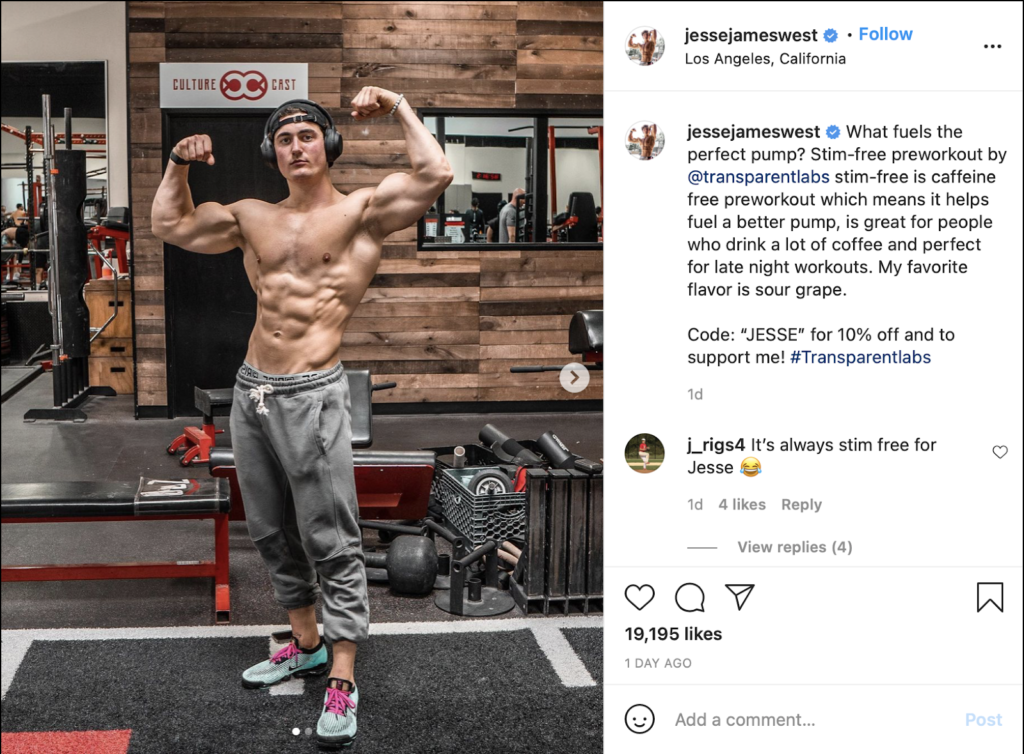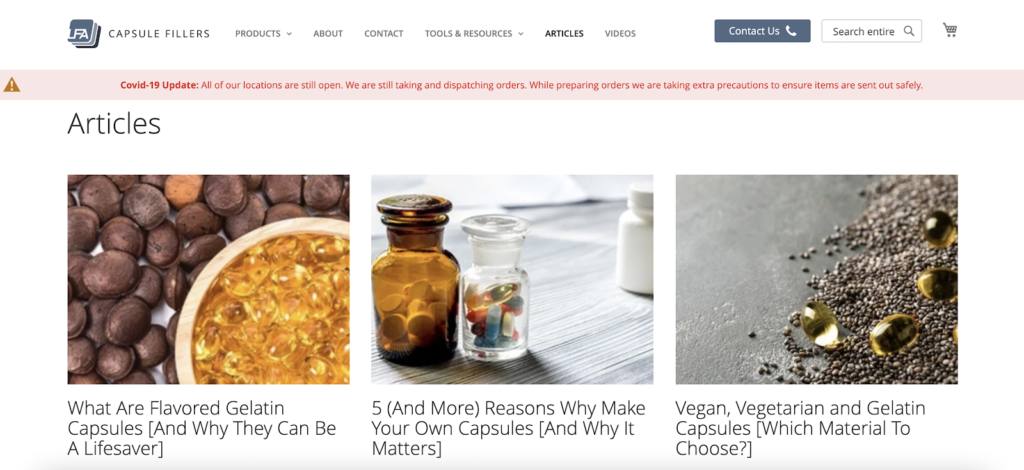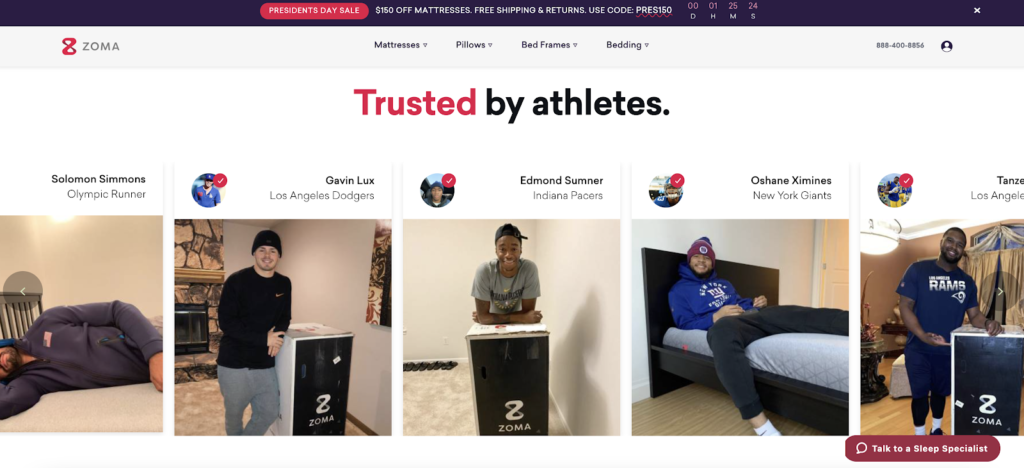Content Marketing vs. Influencer Marketing: Everything You Need to Know

When looking for effective strategies to grow your business, the simple rule is to always go with the one best suited to your needs.
But between so many available options, how can you know what’s right for you? And even more, how can you compare the outcomes of different tactics if you don’t have the time (or budget) to test them for at least a few months?
Well, in these cases, a little bit of research can go a long way. By studying and understanding
the various available strategies, you can make informed decisions about how to proceed.
So, if you’re looking to compare content marketing against influencer marketing, these are the main things you need to know about both approaches.
The What
To understand the difference between content and influencer marketing, you will first need to know what each of these strategies involves.
Content marketing is a practice in which marketers create branded content – text, visuals, video, and audio – and distribute it through various channels targeting relevant audiences. The posts aren’t necessarily promotional. Instead, they focus on describing benefits, sharing knowledge, engaging, and entertaining the chosen target audience. Content marketing is a broad term encompassing various types of strategies, such as video marketing, SMS campaigns, SMM, email marketing, etc.
With a low cost and high ROI, it’s no surprise that over 69% of marketers actively invest in this form of marketing. Depending on the format of your choice, it can be easy to produce and distributed over a variety of platforms. It results in repurposable assets, which can be used over and over again.
Moreover, the average time spent consuming content rose to 6 hours and 59 minutes per day. With all age groups exhibiting increases in screen time, this is a clear signal that content is more important than ever, especially in a post-COVID-19 world.
Of course, it’s not the only viable option for making headway on the business front.
Influencer marketing is a slightly newer way to reach potential buyers. Relying on endorsements from people whose reach on social networks is established, it’s a surefire way to bypass the current state of distrust consumers have towards brands.
Similar to content, influencer collaborations have a lot of potential. In addition to a 6.5x ROI and the ability to bypass ad blockers, it can also be more effective at driving sales. And that is, ultimately, what brands are looking for from a marketing strategy.
Now, while both strategies hold a lot of promise, they’re far from interchangeable. With key differences both in the production process and results, you must know what you can achieve with either option.
The How
When it comes to the process of employing content vs. influencer marketing, it’s where the similarity between the two strategies diverges.
With content, you are in charge of doing things yourself. Whether you have a content-production team in-house or outsource the work, the final product is in your ownership and can be reused and repurposed in any way you like. The associated cost depends on the format, with blog posts being the cheapest and video requiring a significantly higher budget.
You usually start by creating content marketing strategies. Typical content marketing strategies include company blogs, social media posts, branded videos, podcasts, or gated resources such as ebooks or webinars (like the ones offered by HubSpot).

image source: hubspot.com
With influencer marketing, on the other hand, the secret is finding the best possible collaborator. The idea is to search for influencers based on keywords and hashtags. Then, you must choose the ones whose follower numbers, engagement rates, and associated costs align with your intentions.
From there on, you’ll agree on the terms of the collaboration. The influencer will be in charge of producing and distributing the content (with your input), and the rights to it will belong to them. Of course, you can ask for permission to repurpose it, but the ownership will remain theirs.
When choosing to go with influencer marketing, the key is to pick the perfect candidate for your goals. While follower numbers play a significant role in campaign success, they’re not the only factor to pay attention to. Value and tone alignment are much more impactful, with the right influencer capable of bringing in 10k+ likes.
As you can see in the example below, the collaboration between supplement brand TransparentLabs and influencer Jesse James West resulted in impressive reach and results, thanks to a well-aligned niche audience, tone, format, and social platform.

image source: instagram.com
The Why
Now you know the differences between influencer and content marketing. Moreover, you understand how the production process varies. So it’s time to tackle the most significant discrepancy between the two: the results.
Maximizing reach
For brands, getting in touch with their potential buyers is the main reason for investing in creative marketing. And both content production and influencer marketing hold a lot of potential in this regard.
With influencer marketing, the idea is to find collaborators with the right reach. And yes, follower counts play a role, but they do not determine the success of the campaign. In fact, micro-influencers may be the best way forward for many brands, seeing how their engagement rates tend to outperform more popular users.
With content, on the other hand, success lies in the preparation. Brands who want to make this their primary way of reaching consumers must account for the fact that not all buyers are in the same stage of the buyer journey.
The top of the sales funnel targets consumers in the awareness stage. For content to be effective in this stage, it must contain broad search terms, commonly asked questions, and educational topics. The further towards the bottom consumers move, the more specific the content must become. They will want to see in-depth information, how-to guides, case studies, and user testimonials.
A brand using content to maximize its reach must account for all the different buyer journey stages. For example, take a glance at the LFA Capsule Fillers blog. You’ll see that it does exactly that, with a wide variety of articles meant to appeal to consumers both learning about and those ready to invest in custom supplement solutions.

image source: lfacapsulefillers.com
Building brand authority & generating trust
The alternative to using marketing for reaching consumers is utilizing it to build your brand. And although messaging and visual cues will make the basis of your strategy, both content and influencer endorsements can go a long way in proving to consumers that your brand is the ideal choice.
For one, producing valuable content that properly informs, educates, or guides potential buyers makes for a great way to show your company is worth putting trust in. Moreover, proving your expertise in a subject will position you as the go-to in your niche, which will, inevitably, impact your business’ success.
Think about brands, such as The Hoops Geek, which built their business on helping consumers find the best possible products in a category. The reason they work is that they create helpful, easy-to-understand content. Their articles are regularly updated so that they’re always relevant and represent go-to resources for anyone interested in basketball performance.

image source: thehoopsgeek.com
However, this kind of strategy takes a lot of time to implement. That’s why influencer marketing can work just as well in generating trust by collaborating with people who already have built up their authority in your industry/niche.
Take, for example, Zoma, a mattress manufacturer that specializes in building products for athletes.

image source: zomasleep.com
Instead of pumping copious amounts of money into creating content, they chose to collaborate with professional athletes. They encourage pros to post about their Zoma purchase on Instagram, and then they display their testimonies in a highly visible section of their website. This way, they’re automatically aligning their brand with the status of the professional athlete. They’re finding a great way to position their product in the otherwise competitive sports industry.
The Verdict
So, content vs. influencer marketing. Which one’s better for you?
As you can see, both strategies offer a lot of potential, but their costs and outcomes can vary quite a bit. With this in mind, if you’re after a quick boost in sales, influencers are the way to go. Still, if your aim is to build up your brand for the long run, you will have to start producing content sooner or later.
The best way forward? Doing both. Yes, developing both a content and an influencer marketing strategy takes time and money. But when the two are combined, there’ll be no stopping your brand. Especially if you’ve done your research well.